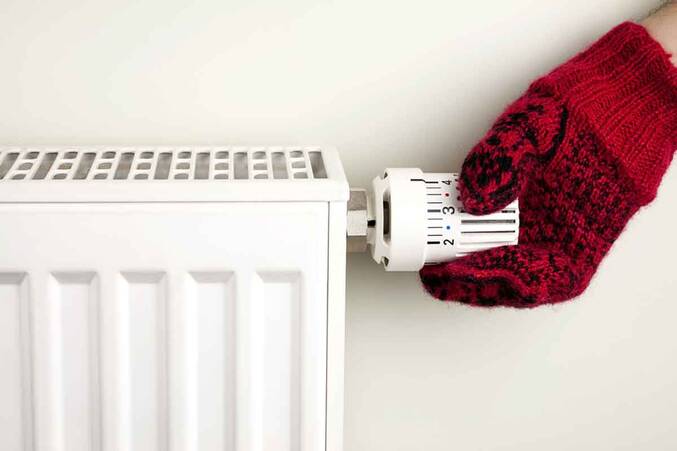Photographs: Shutterstock
A chilly home isn't very comfortable. Practising Architect and Interior designer Sangeet Sharma gives you simple tips to warm up your house during winter.
- Use foils: The first thing to do is to stop the cool breeze from entering your house. Various radiators are available in the market which can help you keep the place warm but make sure that you keep the furniture away from the radiators. You can use aluminum foil to cover the window behind the radiator with the shiny portion of the foil facing the radiator. This will prevent cool wind from entering the house.
- Pack certain areas: Look for any kind of cracks or holes in the walls and seal them up. Also, pack the areas that have pipes and cables entering from the wall like washing machine area, kitchen cupboards, washing sink, washroom area, etc. To pack the outer wall, you can use newspapers, plastic bags or even socks to seal the cracks. But if you have to seal these areas from inside, the market provides you with keyhole covers. Wool or film reel can also be used for the same.
- Bubble wrap: This is another efficient way to cover windows. Just spray the frame of the window with water and then use bubble wrap to pack it. You can use removable silicon sealant for this.
- Rugs: The kind of rugs available in the market today not only enhances the beauty of home interiors but also protects the house during winters. Using rugs on the floors during winters would help reduce cold by at least 3 percent.
- Double layer curtains: This helps to keep the room warm and protect it from cool breeze. Double layered curtains can be created easily by putting another curtain behind the ones already placed on the doors and the windows. Remove the curtains during day time and let the sunlight come in.
- Shower curtains/plastic sheets: These can also be used on the windows to protect the room from cold air. It also allows sunshine to enter the room at the same time.
- Candles: These helps in bringing down the room temperature to normal during winters and is a cheaper option compared to electric heaters and fireplaces.
- Incandescent lights: These generates 95 percent heat and light compared to CFLs. Hence you can use these instead of normal fluorescent bulbs. However, these may increase the energy bill; hence use them as less as possible and only if required.
- Heaters: You can use short-heighted radiant-style heaters which will help the heat spread to all areas.


















